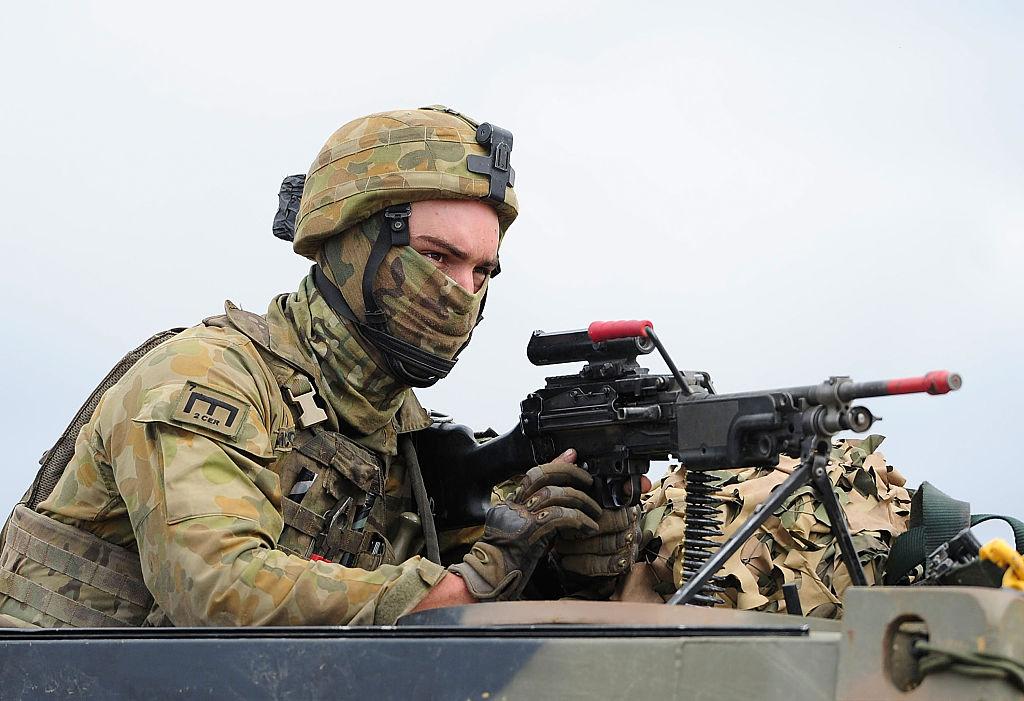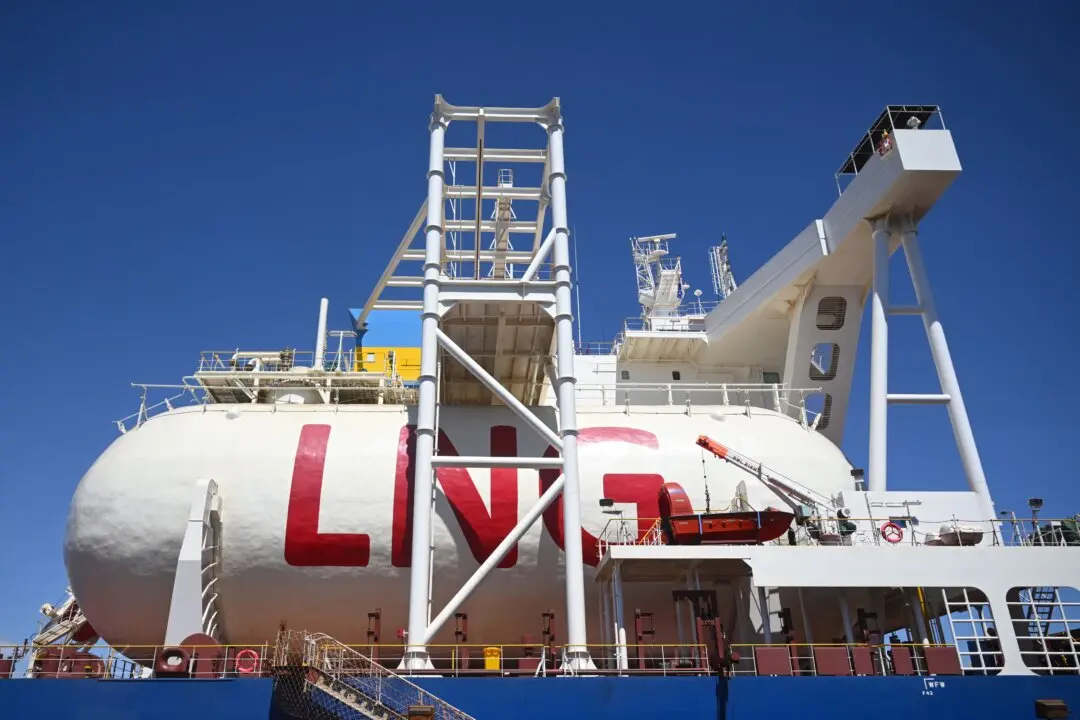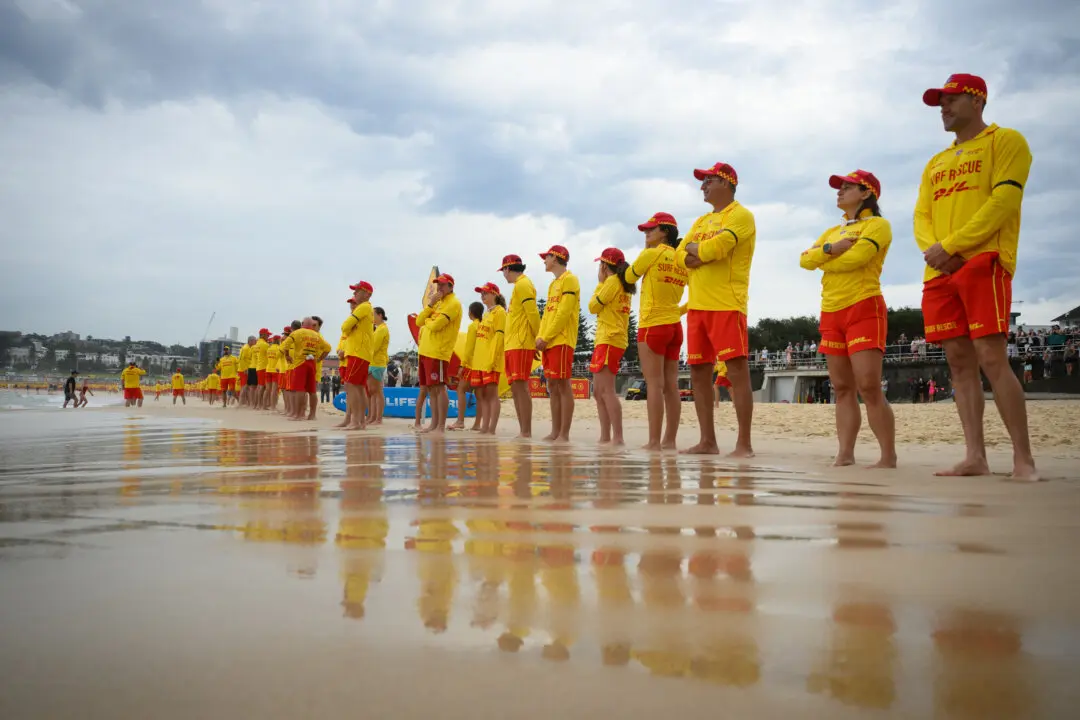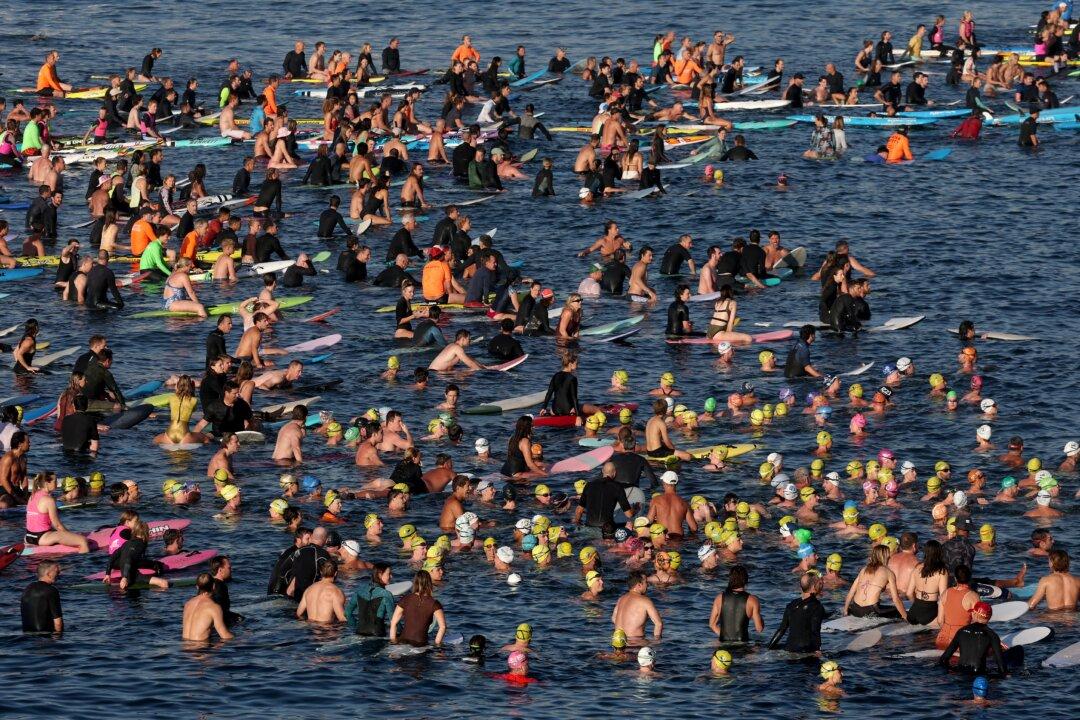Senior defence officials concede the increased assistance of Australian Defence Force (ADF) personnel during natural disasters may be impacting recruitment and retention.
Air Vice Marshal Stephen Chappell has told a parliamentary inquiry into the country’s disaster resilience ADF responses to events like bushfires and floods are becoming unsustainable due to their increasing frequency.
As well as taking time away from primary ADF duties, Air Vice Marshal Chappell said it was affecting broader defence numbers.
“Ultimately, our commitment and our response over the last three or four years is at an unsustainable level, and that is a contributing factor to our ability to retain and also recruit to the ADF,” he told the inquiry.
“We really see pressure on the workforce being a key part of our response to disasters.”
Since 2019, more than 35,000 ADF personnel have been called out to national disasters, more than half of the force’s 62,000 members.
While there have been suggestions reservists respond to disasters, Air Vice Marshal Chappell said that also posed problems.
“They often are already fully committed in their civilian roles to whatever the disaster is .... therefore, the burden falls upon the permanent workforce, particularly in some key niche areas,” he said.
The defence official said talks were ongoing with the Department of Home Affairs on how the ADF could better assist disaster relief.
National Emergency Management Agency director-general Joe Buffone said recent Northern Territory floods had reinforced the need to remove the strain from the ADF.
“What we’re seeing is more frequent, more intense disasters, (which) sees the ADF deployed more frequently for longer periods. They are one of our most direct physical responses which sits outside of the financial responses we provide,” he told the inquiry.
“One of the key challenges is that the current model, we need to look at whether that is sustainable and how we actually supplement those arrangements.”A defence submission to the committee detailed how its commitment had created workforce pressures on its permanent and reserve capacity.





